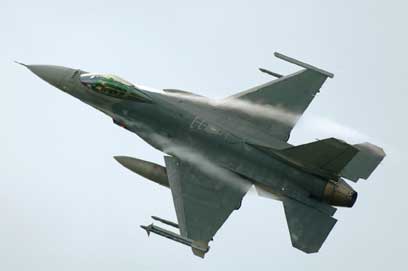So youu2019ve got your DSLR u2013 which lens should you buy next? Read our indispensable guide to all the options
For many wildlife, sports and some other subjects even a 70-300mm zoom lens may not get you close enough to fill the frame with your subject. And even if it does, the relatively small maximum apertures of such lenses means you’ll probably be restricted to shooting at high ISOs to achieve the shutter speeds necessary to freeze any subject movement.
Pro sports and wildlife photographers tend to supplement their premium tele-zooms with big prime telephoto lenses that have relatively wide maximum apertures. The bad news is that you’ll need deep pockets for one of these – in many cases you could buy a new car for what they cost. You’ll probably also need to factor in the cost of a good chiropractor, as these babies are seriously weighty.
The most popular lenses tend to be around the 300mm to 500mm range, but if money is no object, here are the longest focal length lenses currently produced by each manufacturer…

Picture Perfect
To get close to elusive wildlife such as this stag (shown here) you may need a pretty long telephoto zoom. It’s the same with subjects such as airshows, where you’ll need a long lens to fill the frame with flying jets. A wide maximum aperture will also enable you to use faster shutter speeds to help freeze the motion of the subject.
Lens Top Tip
There are cheaper ways to achieve super-telephoto effects. The most affordable is to buy a tele-converter (aka extender) such as the Kenko 1.5x, which fits between the camera body and an existing telephoto lens, increasing its focal length by between 1.4x and 2.0x. They aren’t compatible with every lens though. It’s also possible to attach a DSLR to a telescope (known as digiscoping) for magnifications in excess of 800mm.





